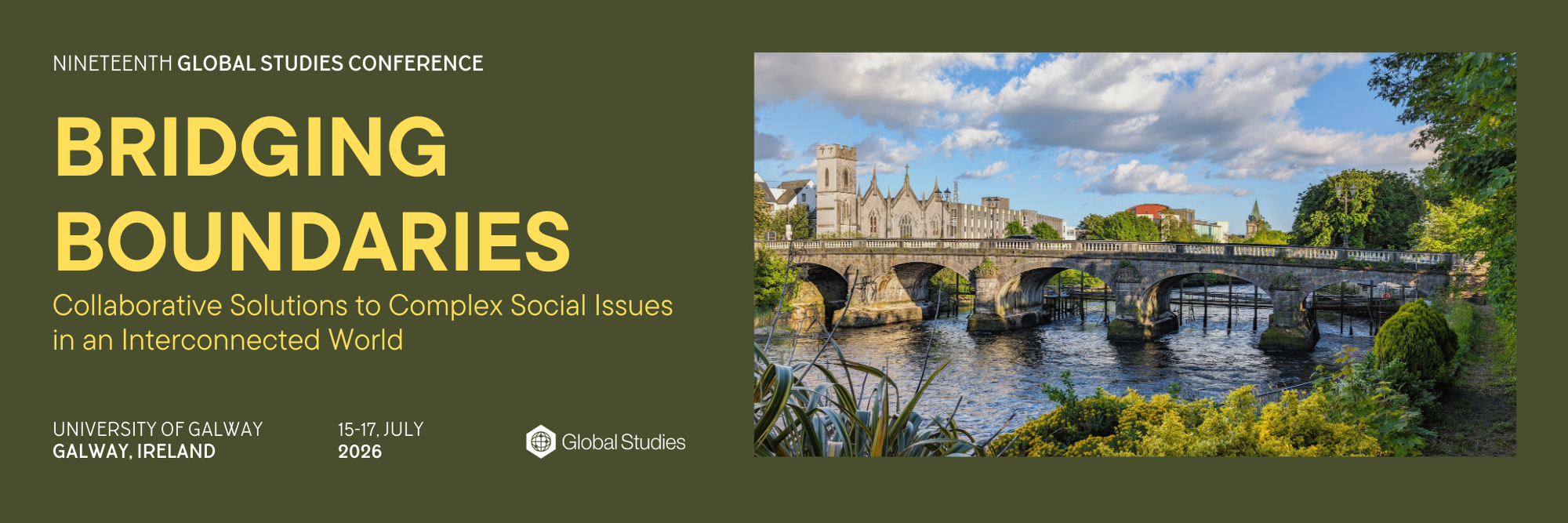Abstract
Currently much global attention is being directed to the issue of environmental preservation and there are deep concerns about the loss of biodiversity. But it is not only diverse flora and fauna that are endangered, but many Indigenous languages and cultures are being threatened. The Rama language, for example of the East Coast of Nicaragua is severely endangered. This paper addresses this issue through a historical approach, using a comparative case study lens. The theoretical and conceptual framework guiding the study is the largely ignored ideal of cultural democracy, initially articulated by the Latino scholars, Ramirez and Castaneda. Crocombe’s (University of the South Pacific) metaphor of cultures as “iron or clay pots” is also used. The three case studies examined are Hawai’i, Tasmania, and Tibet. The researcher has lived in Hawai’i and visited Tibet in October, 2025, to observe first-hand cultural conditions there. Related to research procedures, in addition to such participant-observation data, diverse sources of data are used including media, such as the powerful film, “The Last Tasmanian” and the classic Michener novel, “Hawaii.” The outcome of the research is to assess the extent to which Indigenous culture has been preserved in these three diverse cultural regions and to extract lessons to be learned in facing the current daunting global challenge of cultural and linguistic preservation. This paper is genuinely interdisciplinary using perspectives from history, cultural anthropology, education, linguistics, and political economy.
Presenters
Gerald FryDistinguished International Professor Emeritus, Department of Organizational Leadership, Policy, and Development (OLPD), University of Minnesota, Minnesota, United States
Details
Presentation Type
Paper Presentation in a Themed Session
Theme
Vectors of Society and Culture
KEYWORDS
Cultural Democracy, Cultural Preservation, Linguistic Preservation, Hawai'i, Tasmania, Tibet

